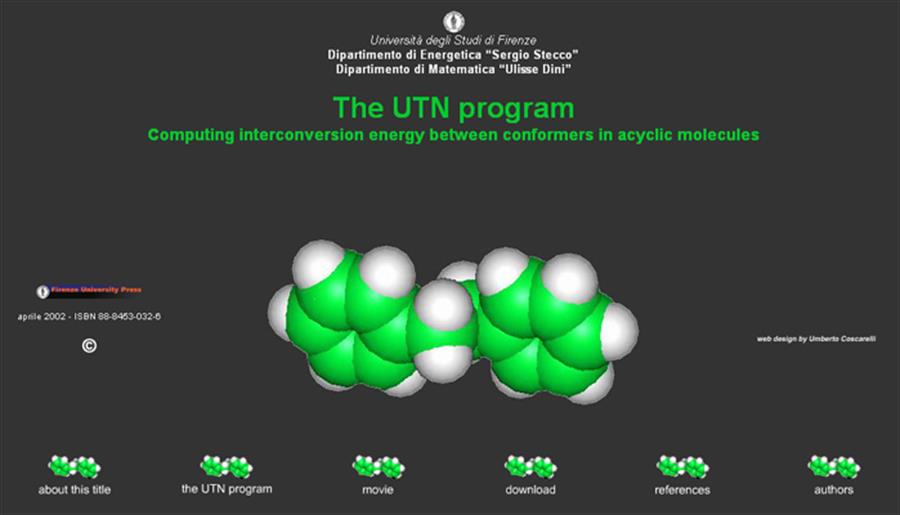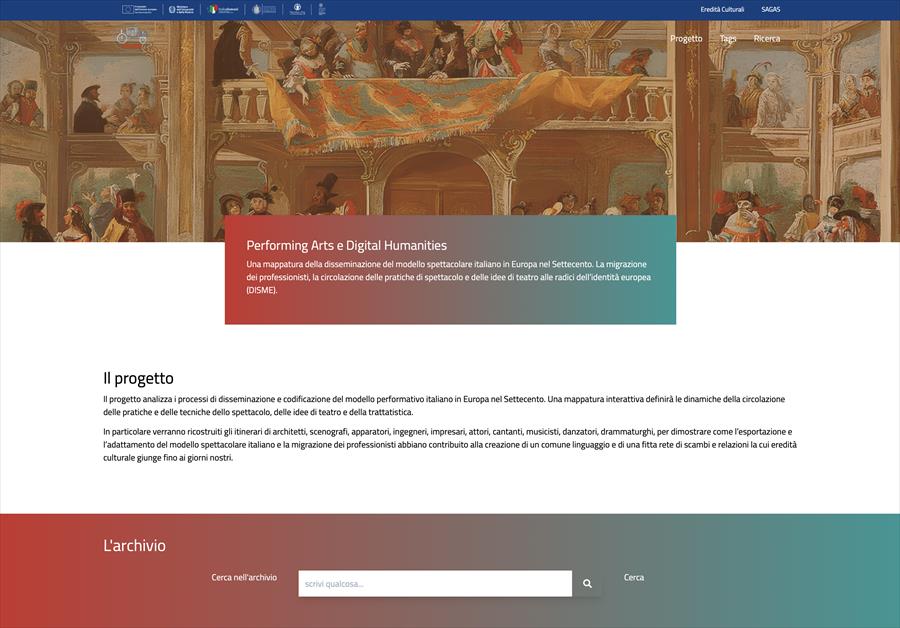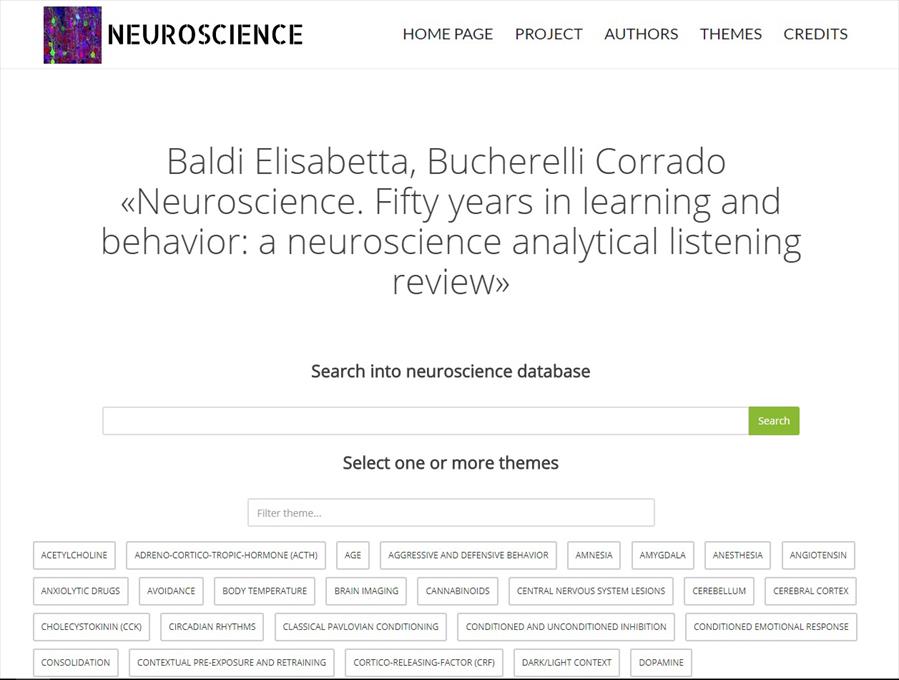The UTN program
- Paolo Dapporto,
- Paola Paoli,
- Patrizia Rossi,
- Annalisa Guerri,
We give an algorithm which goal is to find the energy barrier between a given pair of points in a graph which represents the conformational space of a molecule. If the conformational space is homeomorphic to an -dimensional torus, then the graph can be chosen of a particular form. The UTN software, which implements the algorithm in this case, is described in detail. Finally we focus on applications: to show how UTN works, some examples are carried on in detail, with the additional support of graphical animation1 in the twodimensional case. The source code of the program and some data of the examples are available to the reader.
- Keywords:
- Chimica,
- Informatica,
- Sito web scientifico,
- DOI: 10.36253/88-8453-032-6
- Series: Electronica
- Scientific Board: Consiglio Editoriale FUP 2000-2003
- Language: English
- Subjects: Chemistry Computer Science
- View the website
-

- © 2001 Author(s)
- CC BY-ND 4.0
University of Florence, Italy
University of Florence, Italy - ORCID: 0000-0002-2408-4590
University of Florence, Italy
University of Florence, Italy - ORCID: 0000-0001-6265-7874
Bibliographic Information
Book Title
The UTN program
Authors
Paolo Dapporto, Paola Paoli, Patrizia Rossi, Annalisa Guerri
Peer Reviewed
Publication Year
2001
Copyright Information
© 2001 Author(s)
Content License
Metadata License
Publisher Name
Firenze University Press
DOI
10.36253/88-8453-032-6
eISBN (pdf)
eISBN (web)
88-8453-032-6
eISBN (xml)
978-88-9273-949-9
Series Title
Electronica






